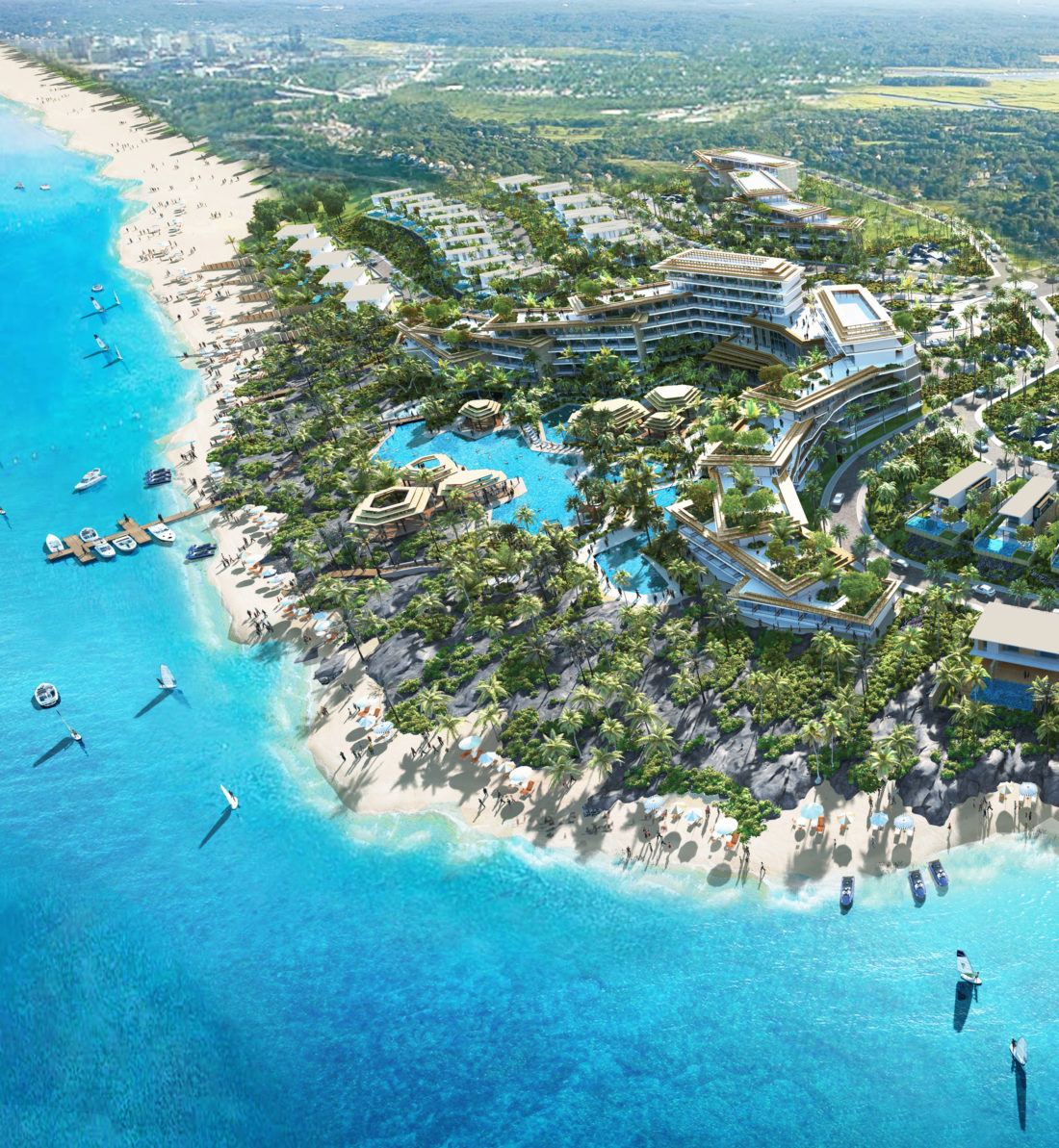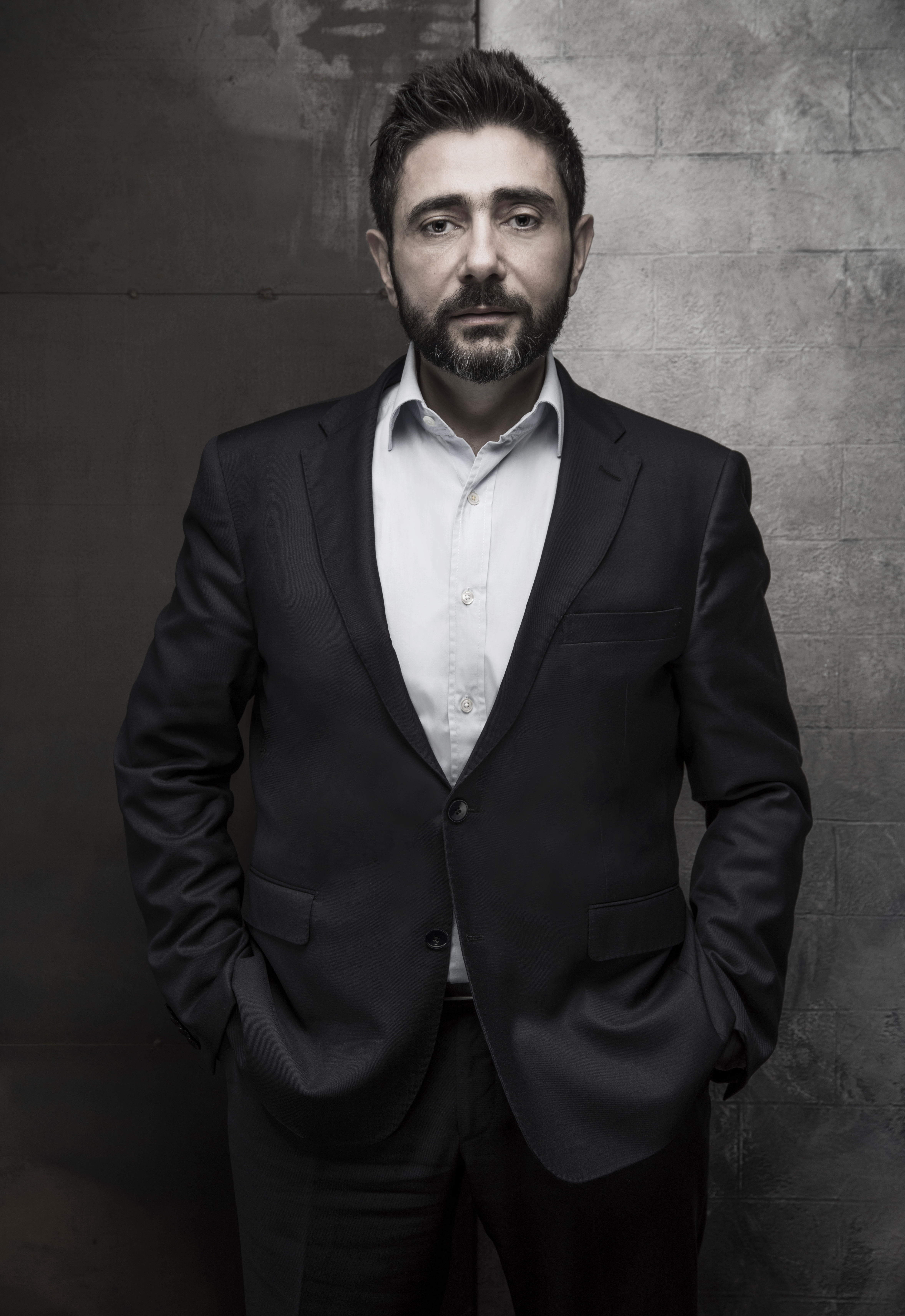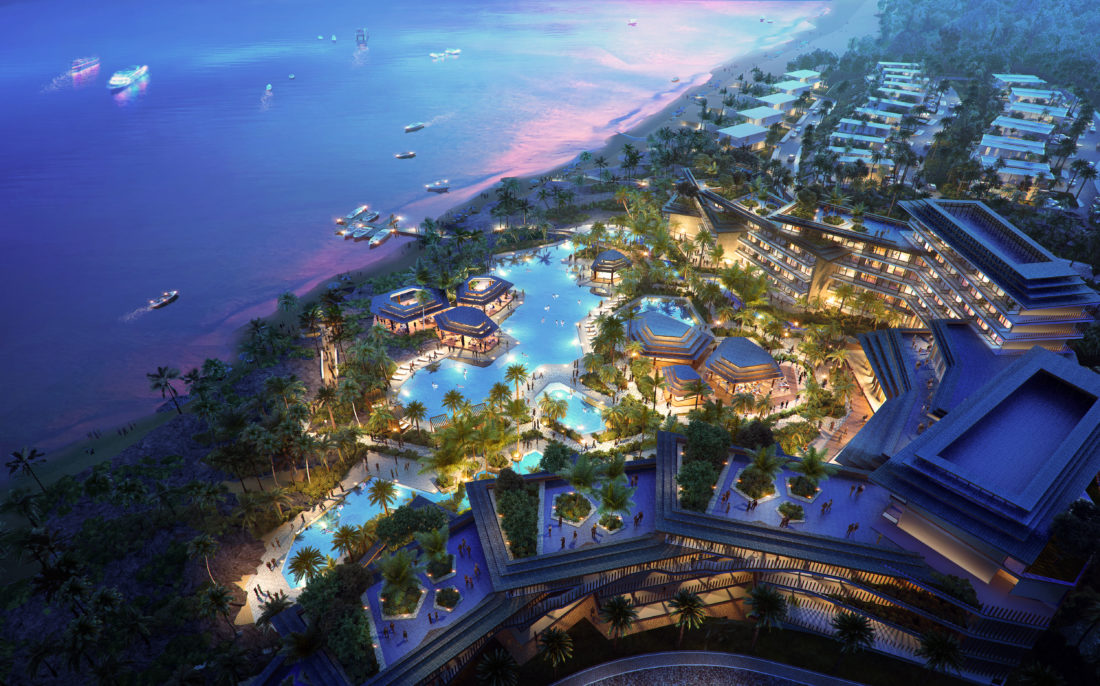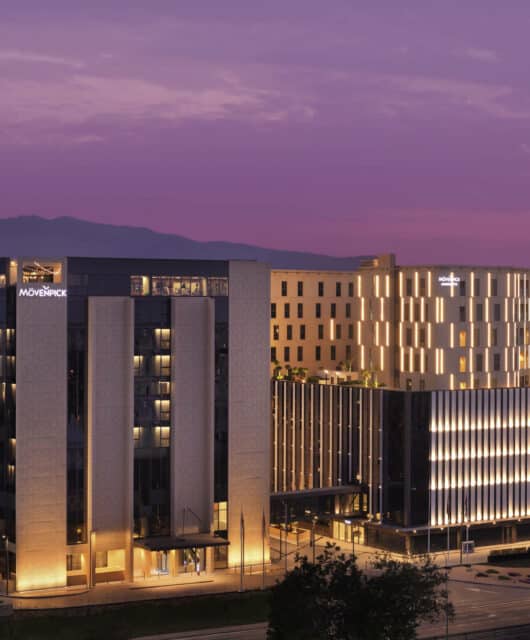 Joe Tabet, managing director at JT+Partners, talks about the architecture that inspires and will shape the future of buildings
Joe Tabet, managing director at JT+Partners, talks about the architecture that inspires and will shape the future of buildings

How would you describe your architectural style?
Architectural styles emerge from the history of a society and can be grouped into categorical types which are modified over time, manifesting the ever-changing fashion trends, political beliefs, religions, ideas, technologies, etc. of its period and region. Architecture should reflect its time and place, yet aim for timelessness. Our projects provide specific design solutions to suit each project’s locality, surroundings and urban fabric, respond to the functionality, quality, and requirements of each project’s end users as well as fulfil each of our client’s visions.
What building(s) do you turn to for inspiration nationally or internationally?
Architects and designers have the esoteric inspirational skill that makes the creation of these wondrous structures a possibility. They possess the knowledge, vision, and resilience to make a mere idea a remarkable reality. Architects can be inspired by anything, anywhere. They are an inspirational engine who translates the ideas into reality. We look at architecture as the triumph of the human imagination and with each project; it is like life starting all over again. Therefore, we challenge ourselves with every creation to constantly deliver bespoke designs that reflect our multi-cultural backgrounds, diversity in beliefs, experience, and knowledge.
Is sustainability important to you? If so, how do you work it into your designs?
Sustainable architecture emphasis not only style and design but also innovation. This has led to sustainable buildings becoming known for their impressive architecture and contribution in inspiring the community. In cultural and aesthetic sensibilities, JT+Partners are committed to and deliver environmental and socially sustainable communities integrating rigorous, voluntary standard for energy efficiency in buildings, which reduces the building’s ecological footprint. We focus on environmental and socially sustainable architecture design as well as sustainable and critical carbon design strategies.
What are some of the design challenges when working on super tall buildings?
Super tall buildings aim to integrate architecture and structure to create an iconic and futuristic landmark. These buildings are designed to be new sculptural icon within the surrounding. The trend towards taller, thinner buildings has presented new turns on old engineering challenges. When a building is very slender and the ratio between the height and width of a building goes beyond 9:1, it becomes considerably more expensive to construct, since it requires thicker structure which will affect the efficiency of the building as well as more sophisticated technology to reduce the amount of swaying and shaking caused by the wind. Super tall buildings will addition to require innovative engineering solutions and the most exciting part of the technological advances is that they promote unique designs. On another hand, the combination of site-specific environmental factors, and the desire to make each super tall a signature part of a city’s skyline means towers will continue to evolve in different and creative ways.
Do you have any thoughts on the future of architecture?
Over the last two decades, the construction industry has been subject to dramatic changes, paving the way for a future in which traditional spatial concepts are no longer valid. The changes are quite impressive and it is not a secret that technology has accelerated at an incredible pace! Architecture is not an exception. The design is going to be in the fourth dimension. We’re building on an X and Y grid, but soon there will be a Z element. A vertical city is an entire human habitat that can thrive in a skyscraper. These cities we’re hearing about today will actually start emerging in the near future. Nothing is impossible with architecture; we might be building in the air in 10 years’ time.
Tabet discusses one of his ambitious projects that the firm is working on in Zanzibar called The Black Coast Resort located in the Northern side of the island.
Designed for the property developer, The Black Coast Resort forms part of a wider master plan, which will provide a leisure retreat over a 400ha site picturing a popular tourist destination Super tall buildings will require innovative engineering solutions and the most exciting part of the technological advances is that they promote unique designs. off the coast of East Africa south of the Somali Sea. The masterplan design is based on the vision of the developer reflecting the coastal fluidity idea, which takes its inspiration from breathtaking cliff retreat. It aims to help guests reconnect with the natural environment. The project is in the design phase and is spread over 10ha to mimic the site topography of the slates contours and the forms of the landscape looking over the Indian Ocean.
The hotel floorplates decrease in scale towards the summit, tapering to create a peak-like formation to frame the hotel entrance. In addition to the hotel and villas, architecture’s complementing integration in the earth, nature plays a big role within the resort. The buildings carve out their own internal and external spaces and dynamic views to the external vistas for visual interest. The outdoor concept creates a series of different strata, each with its own garden. Landscaping is used extensively as an architectural surface treatment and forms a major part of the development. It allows generous outdoor areas for recreation and social interaction throughout the development. The project is expected to be completed in 2023.








